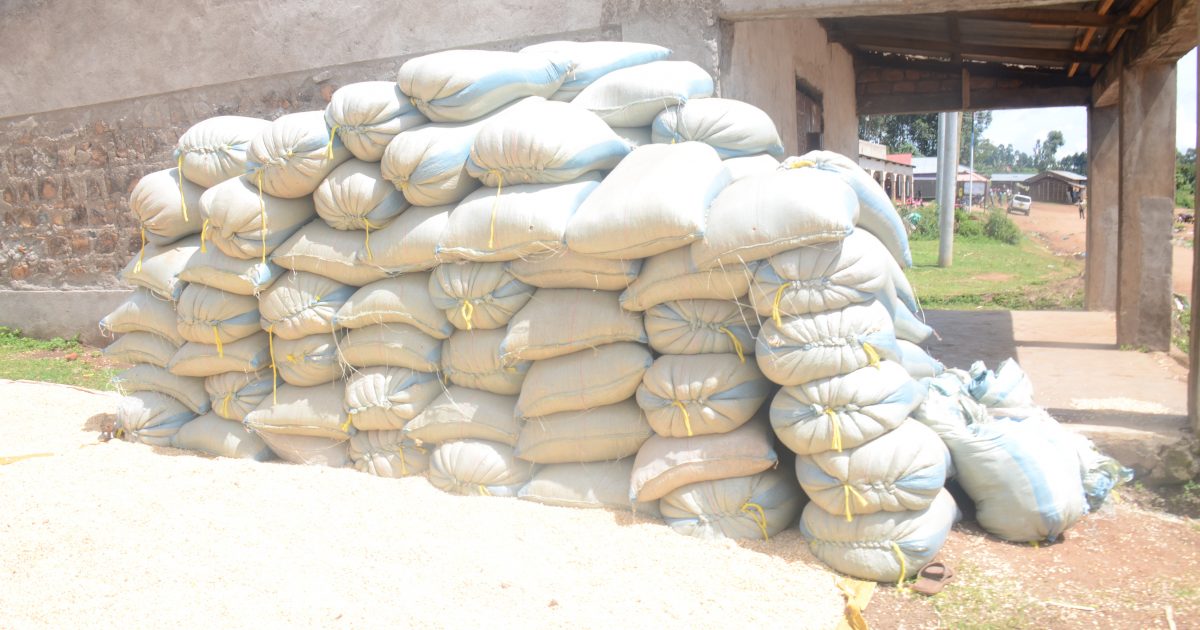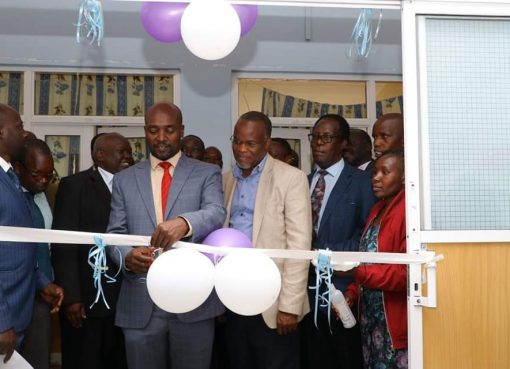Maize farmers in Migori are turning into importers of Tanzanian maize rather than producing locally as the surest means to earn more income.
According to experts and local farmers, the worrying trend has been occasioned by numerous woes dogging maize production, ranging from lack of motivating prices, poor weather and unfavourable soils.

Recently, the growing lust for maize from the neighboring countries of Tanzania and Uganda among local traders, many of who are also farmers, had caused apprehensions within the state’s security circles, leading to a ban on importation of the crop into Kenya market from the two nations.
The government slapped a sanction on maize consignment from the two countries after declaring it unfit for human consumption due to its high aflatoxin content levels.
Cartels sneaking foreign maize in Migori were found working in cahoots with their Tanzanian colleagues to flood the Country with the crop that was badly stored and were seen as compromising the health of the citizenry, confirmed a senior government official as to why the State outlawed Tanzanian maize in Kenya.
But the truth of the matter is that farmers have in recent years been shifting roles from growing maize themselves to being importers, as a quick way to make huge profits.
Migori farmers now lament that the cost of producing the crop has been continuously skyrocketing beyond their means to enable them break-even in the business of maize farming.
However, experts have identified poor weather partly occasioned by the indiscriminate destruction of forest cover and failure by the two levels of government to implement proper policies as some of the factors leading to acute shortage of maize in the country over the recent years.
The fast-diminishing soil fertility due to poor farming techniques employed by local farmers has also been seen as the cause of low maize production, leading to a serious deficit at the national food reserve.
Former Kehancha Municipality Mayor in the defunct Kehancha Municipal Council Paul Gitwekere, says unless agricultural field extension officers were brought back on board to seriously educate farmers on the importance of applying fertilizers and the right seeds and embracing proper timing of season, Migori and the country in general would plunge further into low maize production.
In Kuria region, regarded as the Migori’s maize basket, soil fertility has been destroyed by chemicals and pesticides used by farmers in growing tobacco, forcing maize farmers to now seek experts’ advice to identify for them the best farm inputs to help improve production.
However, even though the current situation on maize production countywide looks bleak, the government has in the recent years indicated that it was keen on fast-tracking efforts towards boosting food production, especially the maize crop.

The decision to initiate a programme to supply farmers with highly subsidized fertilizers and seeds has earned accolades for both President Uhuru Kenyatta’s administration and the local devolved unit in as far as food production is concerned.
A host of pro-active measures by the two governments have been in the offing in the recent times and have shown positive signs in efforts to increase production of cereals in the County.
The tractor-hire service programme run by the Migori County Government has greatly assisted maize farmers to do better maize production, although it is not 100 per cent implementable due to some challenges. “It has enabled us prepare our farms early enough and the cost of ploughing our shambas has been reduced tremendously compared to those offered by the private firms,” noted Michael Otieno, a farmer in Uriri Constituency.
The Warehousing Receipt System (WRS) initiative introduced years back within the maize sector was a bold move mooted by the national grain handler, The National Cereal and Produce Board (NCPB), to help farmers produce more maize without fear of experiencing post-harvest losses.
Through the initiative, though now in limbo, farmers who had no place to store their crop in their homes were to rent the NCPB depots to keep their crops at a fee to avoid crop destruction and unnecessary post-harvest losses.
The programme allowed farmers to deposit their produce at a nearby depot after the grains were checked to ensure they met the required quality standards.
The farmer would then be issued with a warehouse receipt that could be used to secure bank loans as the crop awaits favorable market prices.
The Warehouse Receipt System was designed to play a key role in ensuring the liberalized market becomes more responsive besides creating competitiveness in the international markets.
WRS programmed worked so well at its inception, besides giving farmers morale of producing more maize, it also offered opportunities of institutionalizing structured trading, improving accessibility to credit, linking post-harvest credit through warehouse receipt financing to funding for agricultural inputs, thereby raising crop productivity especially in maize.
Other benefits included improving price-risk management by providing more accurate basis for forward transactions and for development of commodity exchange trading, improving and facilitating the sale of commodities when the price is right and lastly reducing dependency on the exchequer by NCPB.
The steps taken by the government and NCPB were to ensure higher maize production for the benefit of the hunger-prone regions, as affirmed by the NCPB at the time of the inception of the programme.
By George Agimba





